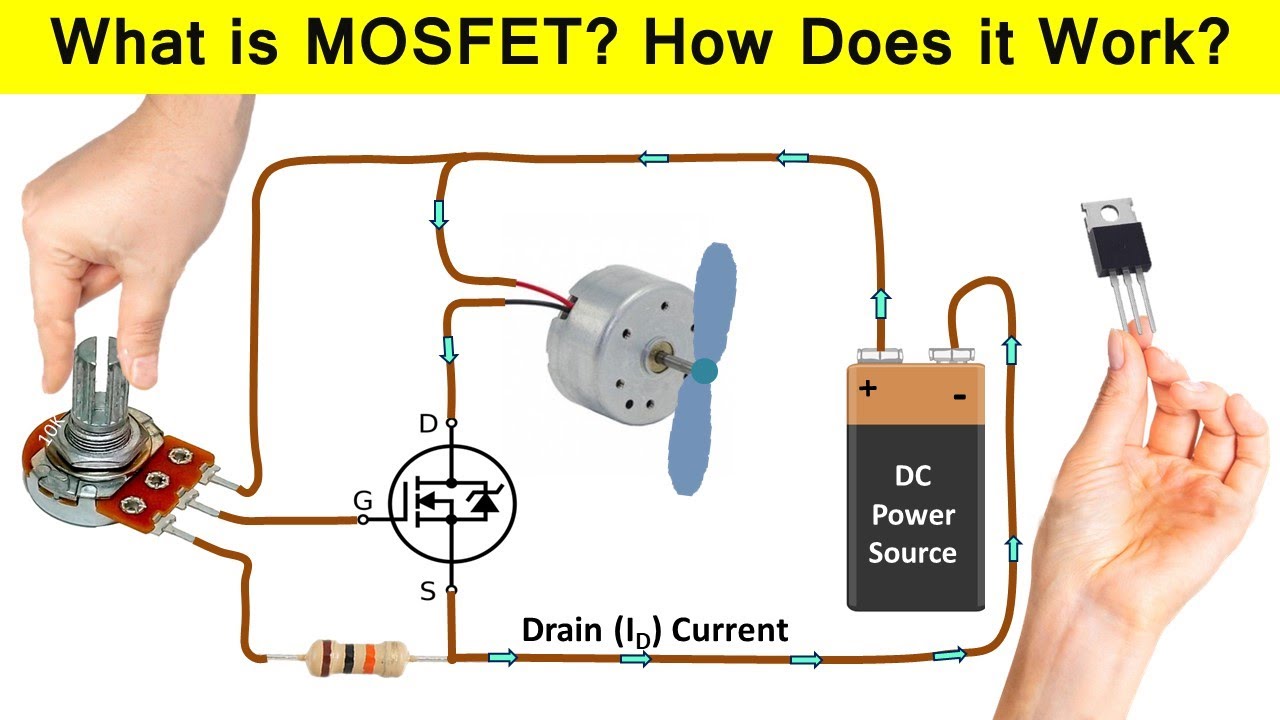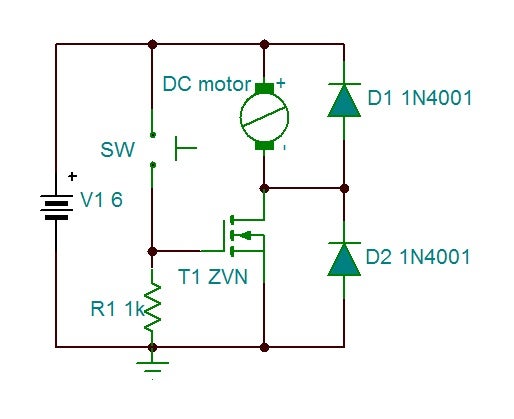Alright, so today I wanna yap a bit about MOSFETs. Specifically, the source and the drain. Sounds dead simple, eh? Well, lemme tell ya, when I first bumped into these little devils, it wasn’t exactly a walk in the park.

I’d be lookin’ at these three-legged fellas, and the diagrams, sometimes they make ’em look all symmetrical. So I’d think, ‘Source, drain, what’s the diff?’ Turns out, it can be a pretty big diff, especially when your circuit just stares back at you, blankly. Or worse, you get that little pfft of magic smoke. We’ve all been there, admit it.
The real kicker, the thing they don’t shout about in ‘MOSFETs for Dummies,’ is that sneaky body diode. Yeah, that little guy. If you get your source and drain backwards on certain types, especially when you’re trying to switch something, suddenly your fancy electronic switch ain’t switching. It’s just a diode, maybe letting current sneak through when you don’t want it. Or it does absolutely nothing. Just sits there. Judging your life choices.
So, what’d I do to get it straight in my head? Well, first off, pretty sure I fried a few. No shame in that, it’s how we learn, right? Part of the initiation. Then I got a bit more methodical. Dug out my trusty multimeter, grabbed a bunch of N-channel and P-channel MOSFETs I had lying around – you know, from old projects or stuff I’d salvaged.
I’d pick one, find its datasheet online. That was step one, always. Identify the pins proper. Then I’d breadboard it. For an N-channel, I’d juice up the gate relative to the source, and watch the current flow from drain to source. (Remember, conventional current, not those pesky electrons that go the other way). Then, just for kicks, I’d try to make current go the other way, to see what that body diode was really up to. Sometimes it’d conduct, sometimes not, depending on how I had it wired.
One thing that finally clicked for me: N-channels, the source is usually the pin that’s, well, the source of the electrons. So it’s often connected to the lower voltage, like ground or your negative rail, especially in a low-side switch. Current (the one we draw in schematics) goes into the drain and out of the source. For P-channels, it’s all topsy-turvy. The source is the source of positive charge carriers (holes), so it’s usually hooked to your positive voltage for high-side switching. Current goes into the source and out the drain. Took me a fair bit of scribbling and head-scratching to get that straight, I tell ya.

I remember this one time, clear as day. I was building a simple low-side switch, something to turn an LED strip on and off. Got the N-channel in backwards. The LEDs were always dimly lit. Why? That darn body diode was conducting just enough current. Drove me nuts for a good hour until I actually looked at the datasheet again and compared it to my board. Facepalm moment, for sure. But hey, those are the lessons that stick, right?
So, after all that poking and prodding, what did I actually learn?
Here’s my down-to-earth cheat sheet:
- That Body Diode is Key: Seriously, this is the big one. It’s almost always there, lurking. In an N-channel, it generally points from source to drain (anode on source, cathode on drain). This means if the drain gets more positive than the source, current can flow through that diode, even if the gate is off. P-channel? It’s the other way around. This diode is often your biggest clue if you’re trying to figure things out without a clear marking.
- N-Channel = Source to Ground (mostly): When I’m using an N-channel as a switch, especially a low-side switch (switching the ground connection), the source nearly always goes to ground or the negative supply. Drain goes to the load. Conventional current flows from Drain to Source when it’s on.
- P-Channel = Source to VCC (mostly): For a P-channel, if I’m doing high-side switching (switching the positive supply to the load), the source goes to my positive voltage (VCC, VDD, whatever you call it). Drain goes to the load. Current flows from Source to Drain.
- Datasheet, Datasheet, Datasheet: I can’t say this enough. If you have it, use it. Don’t just trust a generic symbol on a schematic someone else drew. Pinouts can vary!
- The Tab is Often Drain (for some packages): On many common packages like TO-220, that metal tab? It’s often connected to the drain. Not always, but often enough to be a good first guess if you’re desperate. But then, see point above: datasheet!
It’s one of those fundamental things in electronics, isn’t it? Seems so basic, but man, if you get the source and drain mixed up, your whole day can go sideways. Took a fair share of head-scratching, a couple of sacrificial components, and a lot of staring at my multimeter, but now, checking source/drain is just automatic. Like double-checking which way a battery goes in. You just do it. Saves a lot of hassle down the line, believe me.

